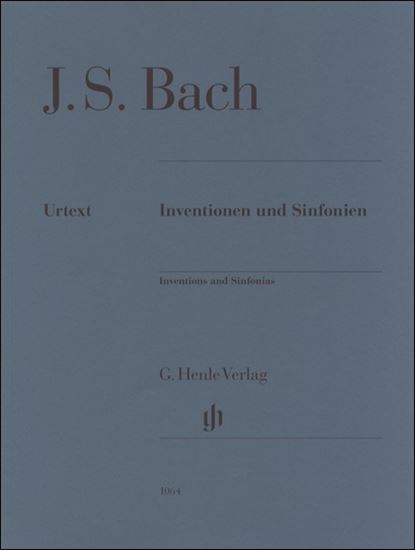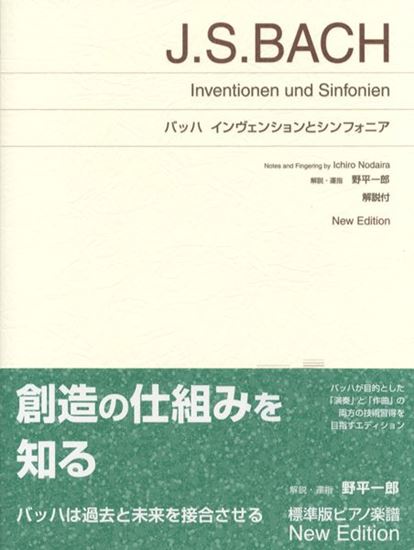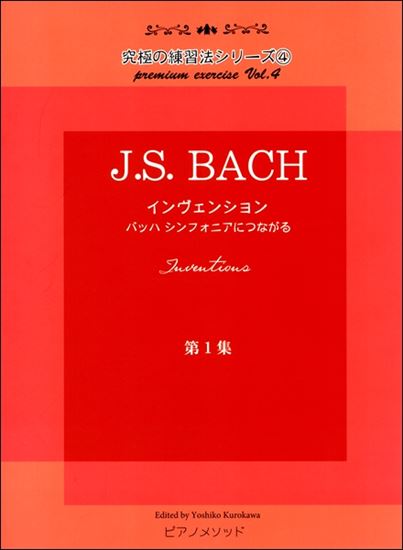Bach, Johann Sebastian : Invention Nr.3 D-Dur BWV 774
Work Overview
Genre:pieces
Total Playing Time:1 min 00 sec
Copyright:Public Domain
Commentary (3)
Author : Takamatsu, Yusuke
Last Updated: September 18, 2020
[Open]
Author : Takamatsu, Yusuke
D major, 3/8 time.
The theme is presented in the opening 12 measures, and its final cadence (measures 11-12) determines the overall structure of the piece. The middle section consists of two parts, each delimited by a cadence in B minor (measures 23-24) and a cadence in A major (measures 37-38), respectively. From measure 43, the opening theme returns, forming the final thematic presentation section. However, at the end of the piece, two cadences are placed: a deceptive cadence (measures 53-54) and a perfect authentic cadence (measures 58-59). The repetition of the coda is unusual in the Inventions. This structure, where the musical character changes with the cadence, is reminiscent of the ritornello form, a principle of the Baroque concerto.
Author : Hayashikawa, Takashi
Last Updated: March 15, 2018
[Open]
Author : Hayashikawa, Takashi
The second theme, which appears in the left hand from measure 12, contains the opening motif. Furthermore, there are passages where the theme is concealed, even when they appear to be secondary voices.
Score example provided by: Bärenreiter (Bärenreiter Verlag)
Author : Ooi, Kazurou
Last Updated: March 12, 2018
[Open]
Author : Ooi, Kazurou
No. 3 in D Major
Bach's D major is a truly joyful key. The tempo is fast, it is vibrant, and full of joy. Its character becomes clear when one looks at works like the Well-Tempered Clavier (Books 1 and 2), Toccatas, and Sinfonias.
It is important to play this Invention joyfully, but to make it enjoyable for the listener, clear articulation and lightness are required. Lightness can be achieved by playing the eighth notes staccato. For the tempo, choose one that allows for the inclusion of ornaments without difficulty and proceeds with a light, brisk feel.
Regarding this Invention, the author is referring to the Henle edition, but the original score contains unusual phrase markings (slurs). In other Inventions, No. 15 also has slurs. What do these slurs signify? There are two possibilities that can be imagined:
- One possibility is that these markings instruct the performer to constantly be aware of the 3/4 time signature throughout the Invention. The opening phrase begins with two sixteenth notes, and if played carelessly, it can become unclear where the first beat falls. This interpretation suggests the slurs serve to maintain awareness of the beat.
- The other possibility is that they signify bowing, as in string instruments.
While the true reason why Bach wrote these slurs is unknown, I believe that adhering to this articulation can also contribute to a joyful performance.
PTNA & Partner Channel Videos(6items)
Sheet MusicView More
Scores List (35)

カワイ出版

(株)ヤマハミュージックエンタテインメントホールディングス
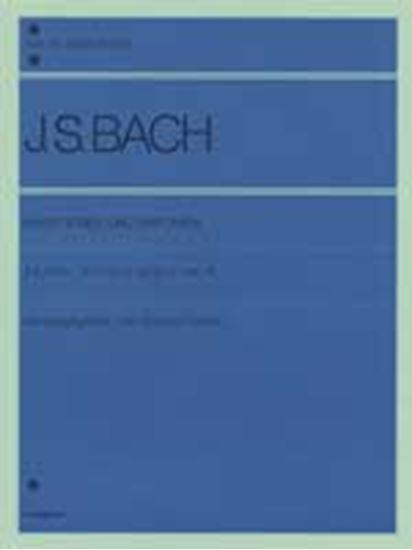
(株)全音楽譜出版社
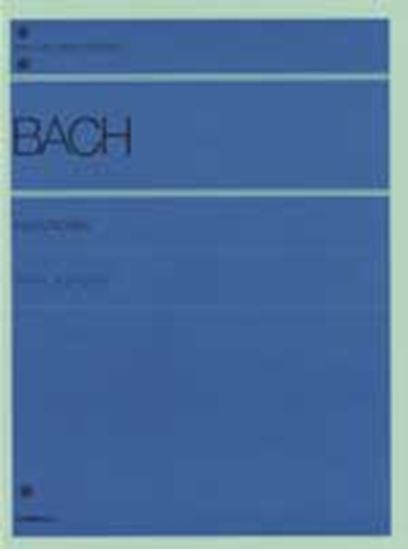
(株)全音楽譜出版社

(株)ドレミ楽譜出版社

(株)音楽之友社

(株)全音楽譜出版社

(株)音楽之友社

(株)音楽之友社

(株)ドレミ楽譜出版社

(株)ドレミ楽譜出版社

(株)ドレミ楽譜出版社

(株)ドレミ楽譜出版社

カワイ出版

(株)渓水社

(株)音楽之友社

(株)全音楽譜出版社

(株)エー・ティ・エヌ

(株)全音楽譜出版社

カワイ出版

(株)音楽之友社

(株)音楽之友社

(株)ヤマハミュージックエンタテインメントホールディングス

Neil A. Kjos Music Company









